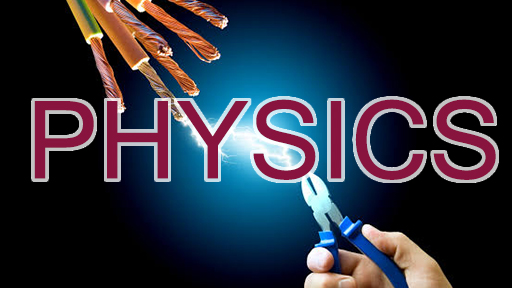Electromotive force (emf) and potential difference (pd) The Concept of Electromotive Force (emf) and Potential Difference (PD) Explain the concept of electromotive force (emf) and potential difference (pd) Potential difference (P.d) is the difference in potential between two charged points of conductor. It is measured in volts with…
Category: Form 3 Physics Notes

PHYSICS FORM THREE TOPIC 8: VAPOUR AND HUMIDITY
Vapour The Process of Evaporation of Liquid Explain the process of evaporation of liquid Vapours These are molecules which escape into the atmosphere after liquids are heated. When a liquid is heated strongly then molecules tends to escape ( those molecules are called vapour). Most liquids evaporates at any temperature…

PHYSICS FORM THREE TOPIC 7: MEASUREMENT OF THERMAL ENERGY
Heat Capacity Heat capacity is the amount of heat required to raise the temperature of an object or substance by one degree. The temperature change is the difference between the final temperature ( Tf) and the initial temperature ( Ti). The Factors which Determine Heat Quality of a Substance…

PHYSICS FORM THREE PHYSICS FORM THREE TOPIC 6: TRANSFER OF THERMAL ENERGY
Conduction The Concept of Conduction of Heat Explain the concept of conduction of Heat Conduction is the transfer of heat energy through solids, for example, metals. Generally solid substances contain particles which are close together. Each particle vibrates at one position but cannot move to another position. Solid materials…

PHYSICS FORM THREE TOPIC 5: THERMAL EXPANSION
Thermal Energy The Concept of Heat Explain the concept of heat Heat – Is the transfer of energy due to temperature differences. Temperature – Is the degree of hotness or coldness of a body. Or heat is a form of energy which raises the temperature of the substance….

PHYSICS FORM THREE TOPIC 4: OPTICAL INSTRUMENT
Simple Microscope The Structure of the Simple Microscope Describe the structure of the simple microscope A magnifying glass, an ordinary double convex lens with a short focal length, is a simple microscope. The reading lens and hand lens are instruments of this type. When an object is placed nearer…

PHYSICS FORM THREE TOPIC 3: LIGHT
Light is aform of energy which controls the sense of vision. Reflection of Light from Curved Mirrors Difference between Concave and Convex Mirrors Distinguish between concave and convex mirrors Concave mirror is a spherical mirror whose reflecting surface is curved inwards. A Good example is the driving mirror of…

PHYSICS FORM THREE TOPIC 2: FRICTION
Concept of Friction The Concept of Friction Explain the concept for friction Friction is the force which opposes (resists) motion of the body for example: If a block of wood is placed on a table it remains at rest Unless it is acted upon by an external force….

PHYSICS FORM THREE TOPIC 1: APPLICATION OF VECTORS
Scalar and Vector Quantities Difference between Scalar and Vector Quantities Distinguish between scalar and vector quantities Scalar Quantities These are physical quantities which have magnitude only. Examples of scalar quantities include mass, length, time, area, volume, density, distance, speed, electric current and specific heat capacity. Vector Quantities These are physical…